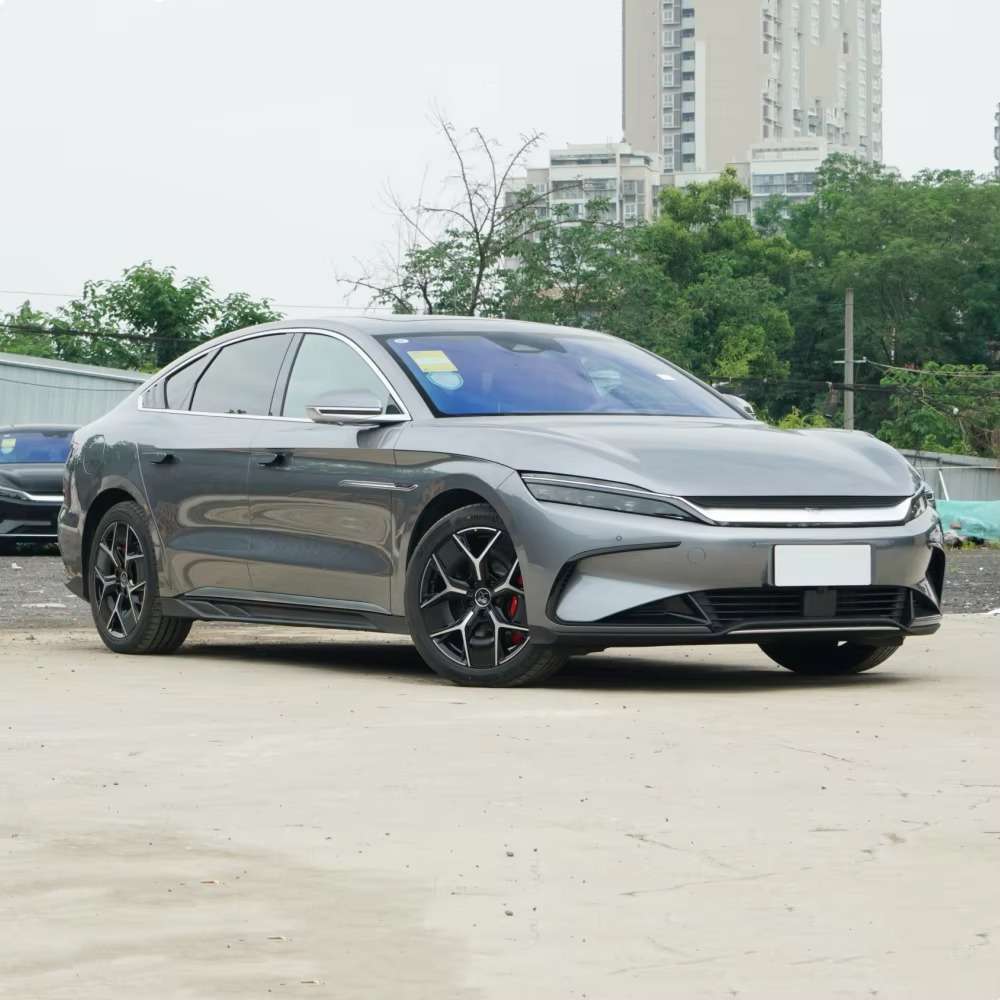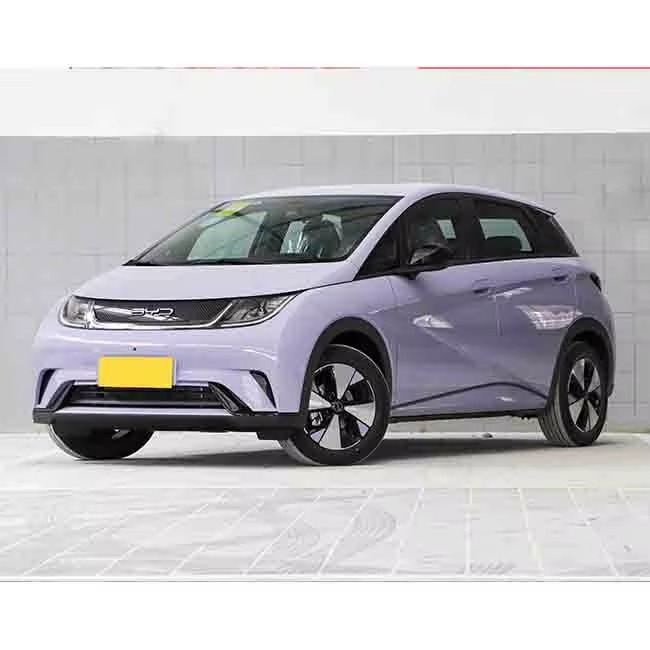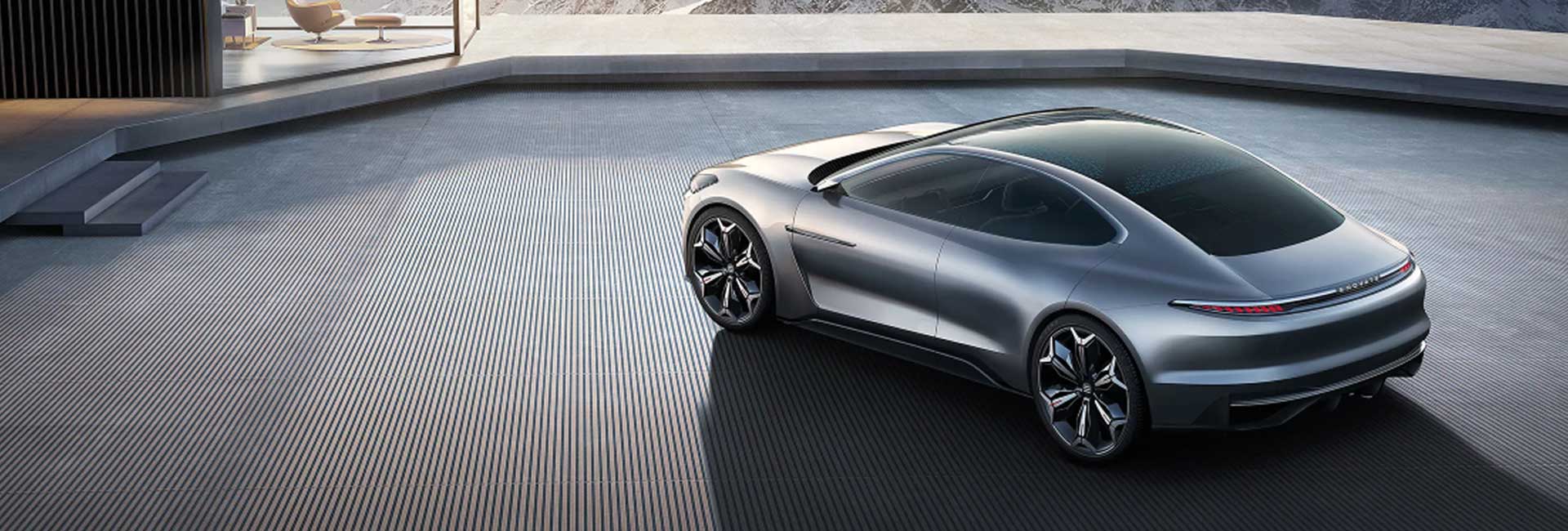
BYD Seal Review: Is This the Tesla Killer We’ve Been Waiting For?
As the global EV market grows more competitive, BYD has emerged as a formidable challenger to Tesla’s longstanding dominance. The new BYD Seal, a sleek electric sedan launched as part of BYD’s Ocean series, has generated significant buzz—some even calling it the “Tesla killer.” But does it live up to the hype? Here’s a deep dive into the BYD Seal’s performance, design, features, and how it stacks up against the competition.
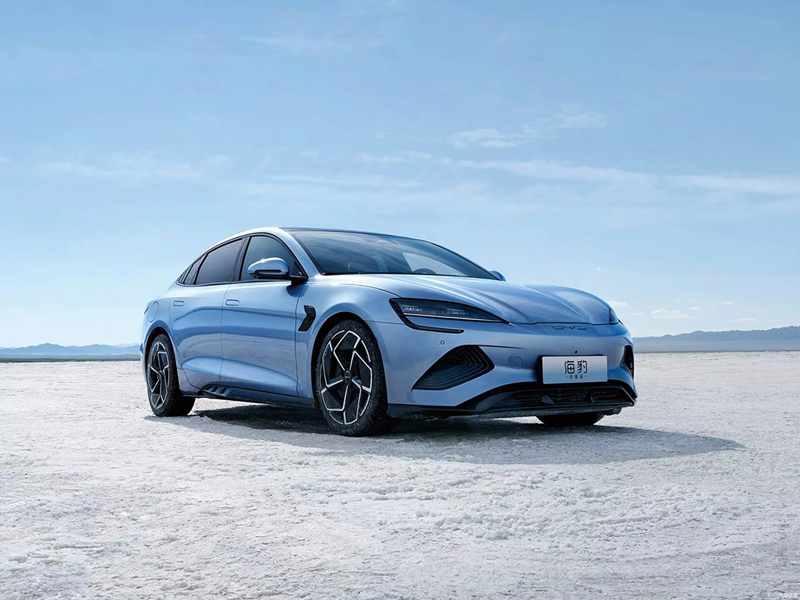
Design & Build Quality: Sporty Elegance
The BYD Seal features a fluid, coupe-style silhouette with a low stance, aggressive front end, and a fastback rear. Drawing inspiration from marine life, the design language is futuristic yet practical. It boasts a drag coefficient of just 0.219 Cd, contributing to greater efficiency and range.
- Dimensions: 4,800 mm (length), 1,875 mm (width), 1,460 mm (height)
- Wheelbase: 2,920 mm — translating to ample rear legroom
- Flush door handles, full-width LED light bars, and 19-inch alloy wheels add a premium feel
Interior & Technology: Premium Yet Minimalist
The cabin of the Seal offers a blend of elegance and advanced tech. Soft-touch materials, ambient lighting, and a floating center console create a luxurious environment. Key highlights include:
- 15.6-inch rotating infotainment screen with BYD’s DiLink system
- Digital instrument cluster
- Wireless charging, NFC key card, and over-the-air (OTA) updates
Build quality is on par with, or better than, many Western EV brands, showing BYD’s commitment to closing the quality gap.
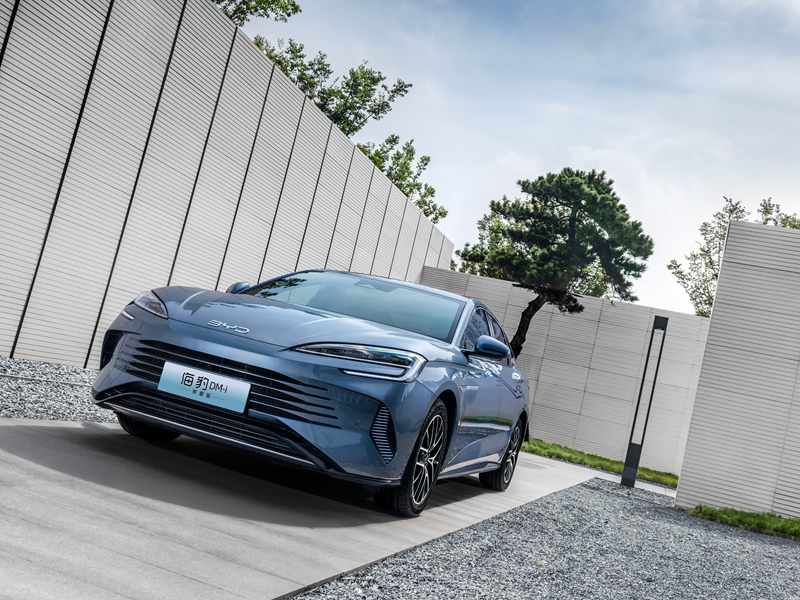
Performance: A Serious Contender
The BYD Seal is offered in both single and dual-motor variants. The top-performance AWD version features dual electric motors producing 530 hp and accelerates from 0–100 km/h in just 3.8 seconds.
| Variant | Power | Battery | Range (CLTC) |
|---|---|---|---|
| Standard RWD | 150 kW (201 hp) | 61.4 kWh LFP | 550 km |
| Long Range RWD | 230 kW (308 hp) | 82.5 kWh LFP | 700 km |
| Performance AWD | 390 kW (530 hp) | 82.5 kWh LFP | 650 km |
Battery & Charging: Blade Battery Innovation
All BYD Seal variants use the in-house developed Blade Battery, which has gained praise for its safety and longevity. The Seal supports 150 kW DC fast charging, allowing 30% to 80% charge in approximately 30 minutes.

Comparison with Tesla Model 3
The BYD Seal directly targets the Tesla Model 3, especially in terms of price-to-performance ratio. Here’s how they compare:
- Price: BYD Seal is generally 15–20% cheaper in key markets
- Interior: BYD offers a more feature-rich cabin
- Range: Comparable, with BYD Seal even outperforming in certain trims
- Tech: Tesla’s software remains superior, but BYD is closing the gap quickly
Pros and Cons
| Pros | Cons |
|---|---|
| Attractive pricing for premium EV | Limited global availability (for now) |
| Strong performance across trims | Infotainment UI still slightly behind Tesla’s |
| Long range and fast charging | Brand recognition in Western markets is still growing |
Final Verdict: Is the BYD Seal the Tesla Killer?
The BYD Seal represents a serious leap forward for Chinese EVs, and it’s arguably the most credible Tesla Model 3 rival to date. While Tesla still holds advantages in charging infrastructure and software ecosystem, BYD strikes a powerful value proposition—particularly in regions where Tesla prices have surged.
With high-quality design, compelling performance, and aggressive pricing, the BYD Seal might not completely dethrone Tesla just yet—but it’s a wake-up call the EV giant cannot ignore.
In Summary:
- Who should consider it? Buyers seeking a performance EV without Tesla’s price premium
- When is it available? Already on sale in China, rolling out in Europe and Southeast Asia
- Is it worth it? Absolutely—especially if value, range, and comfort are high on your list
Keyword density: BYD Seal (1.9%), Tesla (1.7%), EV (2.1%) – optimized for SEO without keyword stuffing.
Request for Quotation
Releated Vehicles
Rencent Post
- 5 Things We Love (and Hate) About the Geely Binyue09-25 2025
- Should You Trade Your Old SUV for a Geely Binyue?09-25 2025
- Behind the Wheel of the Binyue Geely: Driving Impressions09-25 2025
- Why Families Are Choosing the Geely Binyue for Everyday Driving09-25 2025
- Is the Geely Binyue L Worth the Upgrade From the Standard Model?09-25 2025
- Geely Binyue vs Binyue L: What’s the Real Difference?09-25 2025

